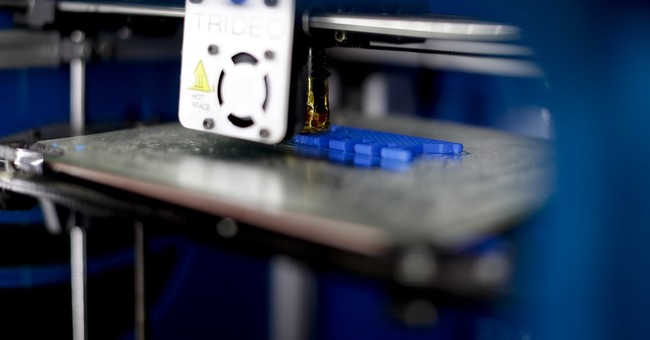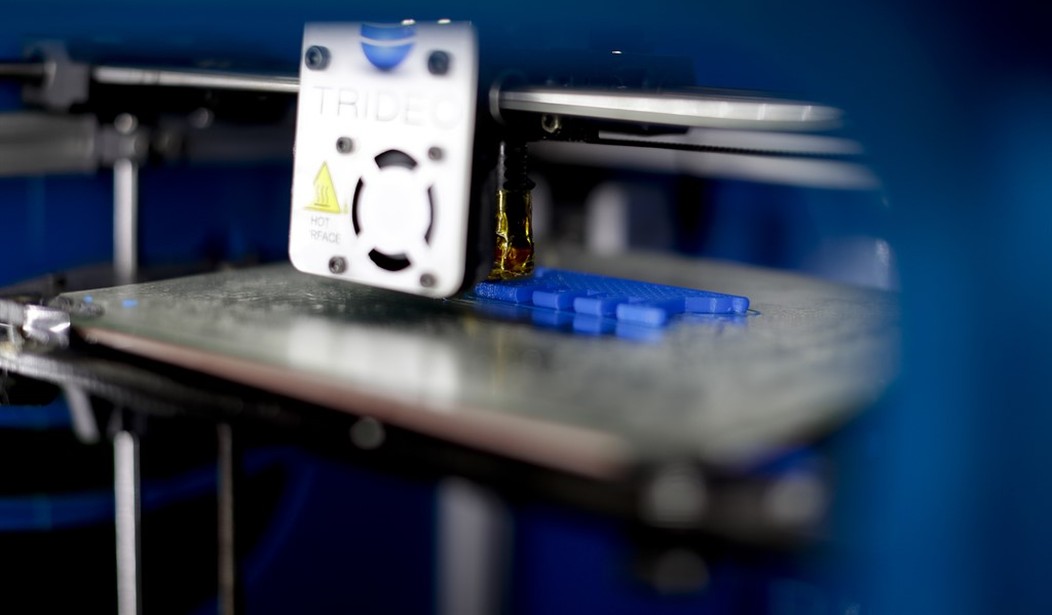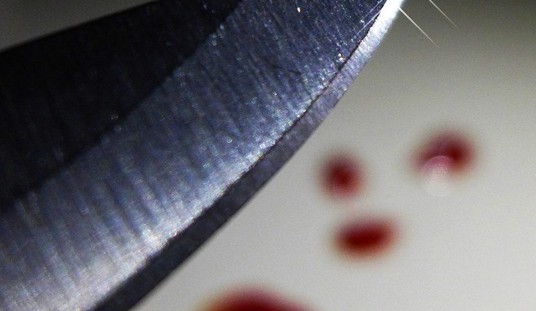
When it comes to the controversy of 3D printed guns, there are a few places I expect to face opposition from. Moms Demand Action and the other anti-gun groups, for one, but others are the progressive media that tends to take a strong anti-gun stance.
One of the worst is Slate. They’re usually good for a few anti-gun posts here and there, and I’m pretty sure that if I looked, I’d find a few there right now, as a matter of fact.
But I also found one defending Defense Distributed and the 3D printer files.
Not knowing exactly what Defense Distributed plans to publish, it is hard to know who to believe. But when it comes to the Liberator handgun—the most famous of the designs and the one whose plans have been kicking around the seedier corners of the internet for a half-decade—the CAD files are much more like an unauthorized sequel to TheAnarchist Cookbookthan a self-executing firearm producer. Philip Bump failed in an attempt to print the gun in 2013, when he found that it would in fact take considerable time and money to produce a version of the Liberator that could safely be fired. Andy Greenberg at Wired tried again in 2015with similar results, although he did better when working with a “CNC mill,” which uses a computer to carve out designs in aluminum.
This distinction between regulating information about guns and regulating a tool that would automatically allow someone to manufacture a gun matters. There are good reasons why we would want to protect the publication of dangerous technical information, even if we also decide that we want to punish those who use that information to create a weapon, and those who provide ready access to a means to do so.
We protect speech so strongly under the First Amendment in part because we want to ensure unfettered discussion of policy matters. We want a well-informed citizenry that can engage in the hard task of self-governance. With the new rush of legislation concerning 3D-printed guns, the public and Congress should have access to the controversial files at issue, so they can understand what they are and are not. The plans will help us estimate the actual cost of manufacture, and will likely show that a gun that conservatively costs more than $1,000 in capital investment to 3D print (given that the output has to be of a relatively high quality to actually work) could instead be obtained for a couple hundred dollars lawfully, or even unlawfully at a still-cheaper markup. As First Amendment scholars like Eugene Volokh and Andrea Matwyshyn have argued, there is social value in allowing the dissemination of speech that could also be used to commit a crime, as it can teach us how to properly respond to that threat—legally, technically, and otherwise—when it actually happens.
There’s a lot there, but it seems the writer is basically taking the position that if you expect to treat code as free speech, then you need to treat all code as free speech.
This is a position I can agree with completely.
Further, the 3D printing technology isn’t the end-all, be-all of gun manufacturing. Much of the rhetoric around these guns has been more fearmongering than fact. There are no undetectable guns being made, for example. What is being made are things that are already being made in other ways in backyards all across this great land.
What the fear is really about is gun control advocates recognizing that the ability to actually regulate who can get what is gone. Their ability to control not just us, but how we arm ourselves, is gone. That terrifies them, but not because they really think there’s a threat. No, it’s because they can’t stop Americans from arming themselves with the weapons they choose.
The operative word in “gun control” isn’t “gun.” It’s “control.”
3D printing represents a frontier that scares them because they lose that control. In that way, it’s no different than people using encryption at home or other digital products that do, indeed, make the government’s job more difficult in many ways.
Yes, all of this can be used by bad people. However, we’ve already seen bad people do horrific things with technology that is anything less than cutting edge. 9/11 happened because of men with box cutters. Oklahoma City was because of a couple guys with fertilizer and fuel oil. Nice, France saw an attack with a motor vehicle.
Horrific things can happen regardless of the technology involved. 3D printing is just a new form of technology, and it’s interesting to see Slate, of all people, support the availability of those files.








Join the conversation as a VIP Member